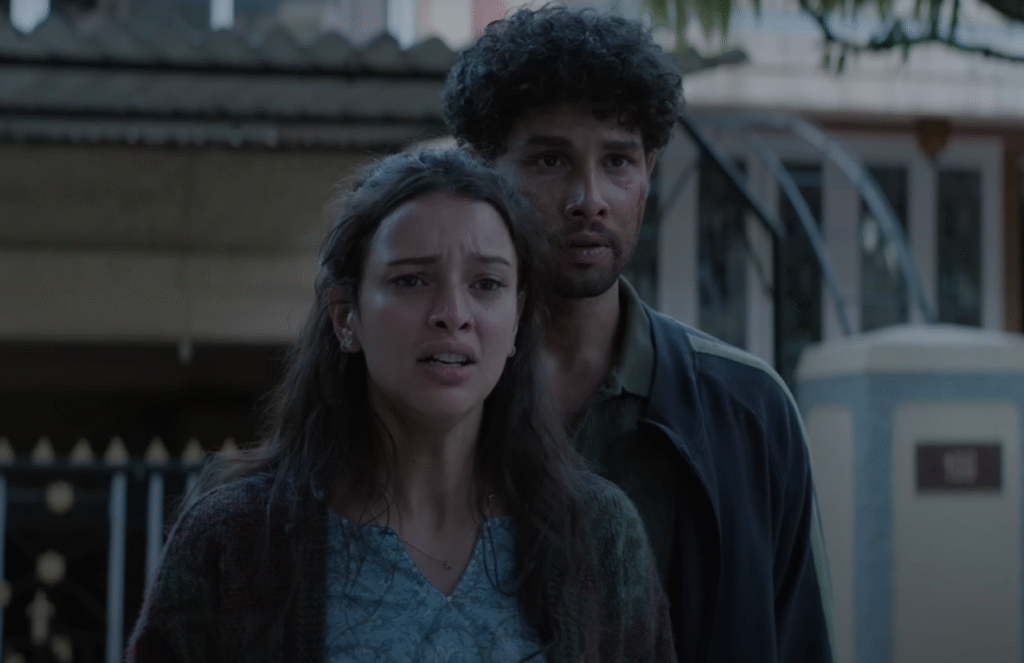
Triptii Dimri and Siddhant Chaturvedi star in Dhadak 2, a bold remake exploring caste and love in modern India.
In a refreshing change for mainstream Hindi cinema, Dhadak 2 attempts to bring a socially conscious narrative from southern India to a wider Bollywood audience. Inspired by the critically acclaimed Tamil film Pariyerum Perumal, this Hindi adaptation dives into the sensitive theme of caste-based discrimination through the lens of young love. Directed by first-time filmmaker Shazia Iqbal, the film walks a tightrope between staying true to its roots and adapting the story for a more commercial, urban viewer base.
While the intent is bold and commendable, the execution leaves room for improvement. The original film thrived on emotional depth and subtle storytelling. In contrast, Dhadak 2 often feels more like a scripted explanation than an immersive experience. It aims to educate rather than evoke empathy—something that keeps the viewer at a distance from the characters’ internal struggles.
An Attempt to Speak About Social Realities
At its heart, Dhadak 2 presents a tale of forbidden love strained by deeply ingrained caste divisions. The male protagonist Neelesh, played by Siddhant Chaturvedi, belongs to a marginalized community. His silence and restraint stem not from shyness but from years of social conditioning and inherited trauma. On the other hand, Vidhi, portrayed by Triptii Dimri, is a law student living in a bubble of privilege. Her name, meaning “rule” or “ritual,” becomes symbolic of the unspoken laws that govern society’s invisible barriers.
The film doesn’t shy away from addressing caste and identity. There are nods to real-life events and issues, from systemic bias to honour-related conflicts. However, these moments often feel like quick mentions rather than fully developed explorations. As a result, Dhadak 2 sometimes slips into checklist territory—touching upon many vital points, but not giving them the emotional space they deserve.
Characters That Almost Connect, But Don’t Quite Land
One of the key challenges in the film lies in character development. Vidhi’s ignorance of caste dynamics isn’t portrayed as innocence—it comes off as insensitivity. Her enthusiasm and charm, intended to lighten the heavy subject matter, eventually feel misplaced. Her character fails to engage with the reality around her until the narrative forces her to.
Meanwhile, Neelesh is written with much more depth, but the screenplay doesn’t allow his inner world to shine. His discomfort and hesitation in moments of intimacy speak volumes about his lived experience, but the film fails to build on this tension. The chemistry between the leads remains underdeveloped, which dilutes the power of their emotional journey.
A Missed Opportunity for a Stronger Emotional Core
What made Pariyerum Perumal so haunting was its poetic treatment of violence and love—it allowed emotions to simmer slowly. Dhadak 2, on the other hand, feels like it’s in a rush to clarify its message. The symbolism, though present, is often over-explained or drowned in a setting that feels too manicured to be raw. The rural-urban shift in the storyline strips the narrative of its gritty texture, making the plot appear more dramatic than genuine.
Music, which could have enhanced the storytelling, falls short of expectations. Unlike the original Dhadak, where the soundtrack played a key role in creating mood and magic, here it seems functional rather than expressive.
Final Thoughts
Dhadak 2 is a step in the right direction for mainstream cinema trying to engage with social justice themes. It dares to speak about caste—a subject Bollywood has long avoided—but stops short of fully embracing the emotional weight of its material. While the film introduces important discussions to a wider audience, it often feels like a simplified version of a more complex reality.
Shazia Iqbal shows promise as a filmmaker willing to push boundaries. With tighter storytelling and a more nuanced approach, future projects could hit the mark more accurately.


